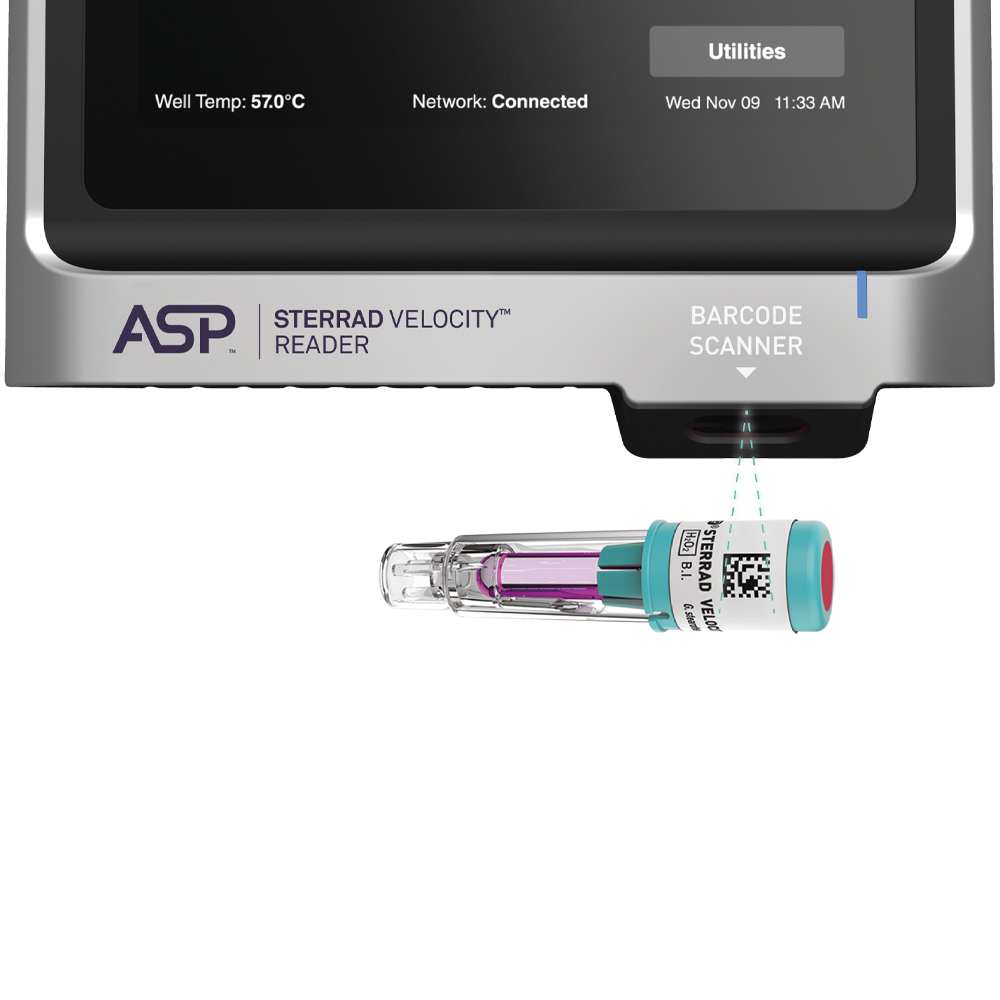In accordance with the Association for the Advancement of Medical Instrumentation (AAMI), a PCD is used to assess the effectiveness of sterilization processes by providing a defined challenge which is equal to or greater than the most challenging medical device that is routinely reprocessed.1, 3 This challenge is provided by barriers within PCDs which make it difficult for sterilizing agents to fully access the sterilization assurance indicator contained inside, replicating the challenge provided by complex medical devices.1 The sterilization assurance indicator, either a BI or a chemical indicator (CI), demonstrates whether or not conditions are adequate to achieve sterilization.3
BIs are typically selected as sterilization assurance indicators instead of CIs, as they consist of a standardised, viable population of microorganisms, thus closely replicating real-world sterilization practices.1 Whilst a negative BI does not prove that all items in the load are sterile, or that all were exposed to adequate sterilization conditions, they can highlight whether or not the conditions were adequate to achieve sterilization.3 The chosen microorganisms, typically bacterial spores, are known to be resistant to the mode of sterilization used.3 These spores should be of a defined strain, available through a recognized culture collection, and identifiable by appropriate test methods.4

